If you’ve ever poured yourself a glass of water straight from the tap and thought, “Well, that tastes a bit off,” you’re not alone. City water supplies are generally safe, but “safe” and “refreshing” don’t always walk hand in hand. The truth is, the journey water takes from a reservoir or treatment plant to your kitchen faucet is longer (and messier) than most of us realize. And along the way, it can pick up things—minerals, chemicals, even a lingering chlorine smell—that make you second-guess what’s in your glass.
That’s where home filtration steps in. Not as a luxury, but as a practical tool. With modern city water filtration systems, families are finding more peace of mind and, frankly, better-tasting water. Because at the end of the day, water isn’t just another utility; it’s the foundation of your coffee, your cooking, your health.
The Subtle Difference Between “Safe” and “Good” Water
Municipal water treatment does a decent job of knocking out harmful bacteria and meeting safety standards. But standards are just that—minimums. They’re not necessarily designed to give you the cleanest or freshest-tasting water possible. If you’ve noticed that faint metallic aftertaste, or chalky residue on your dishes, you’ve bumped into the gap between “technically fine” and “actually pleasant.”
And honestly, who wants to compromise on something as essential as water? That weird taste in your tea or that film on your glassware isn’t always dangerous, but it chips away at the experience of living comfortably in your own home.
Why Testing Should Be Your First Step
Before you even think about upgrading filters or installing new systems, it’s worth starting with a baseline. Professional water quality testing city services can uncover what’s actually coming through your taps. Sometimes, the culprit is excessive hardness minerals like calcium and magnesium. Other times, it’s chlorine levels or trace contaminants that slipped past treatment plants.
Testing isn’t about stirring up paranoia—it’s about clarity. Once you know what you’re dealing with, you can choose solutions that actually fit your needs. Without testing, you’re just guessing, and guessing rarely leads to the right fix.
The Silent Workhorse: Softening Systems
One of the biggest complaints city dwellers have isn’t about safety at all—it’s about hardness. Hard water leaves your shower glass looking cloudy, makes laundry less soft, and forces appliances like dishwashers and water heaters to work overtime. Over time, it’s not just an inconvenience; it costs money in energy efficiency and shortened appliance lifespan.
That’s why many households install a water municipal water softener as part of their system. Softening doesn’t just improve the feel of your showers and laundry—it protects the plumbing infrastructure in your home. Think of it as preventive maintenance. It doesn’t make water “safer” in the microbial sense, but it does make daily living far more manageable.
Everyday Benefits You’ll Actually Notice
Here’s the thing: water upgrades aren’t just about unseen chemical charts or abstract improvements. You feel the difference. Coffee and tea taste richer without chlorine tang. Pasta cooks without the odd cloudiness. Soap lathers more easily, and your skin doesn’t feel quite as dry after a shower.
And then there’s the mental benefit. You don’t hesitate when filling your kid’s water bottle. You don’t buy packs of bottled water because you “don’t trust the tap.” That quiet confidence—knowing your water is not just technically fine but genuinely clean—is something people often underestimate until they have it.
Choosing the Right Fit (Without Going Overboard)
The world of water filtration can feel overwhelming at first glance. Pitchers, under-sink filters, whole-home systems—each has its place. A pitcher might help with taste but won’t touch hardness. A whole-home system could feel like overkill if all you’re worried about is chlorine odor.
The goal isn’t to buy the most expensive setup—it’s to buy the one that matches your water’s actual issues. That’s why testing matters, and why talking with a professional (not just googling endlessly at midnight) saves you time and money in the long run.
Looking Ahead: Why This Conversation Matters
Water quality issues aren’t going away anytime soon. Cities face aging infrastructure, fluctuating regulations, and environmental pressures that all affect the water flowing into our homes. Relying solely on city treatment plants, while convenient, can sometimes leave blind spots.
Taking control of your own water quality is about more than avoiding stains on your sink. It’s about health, comfort, and yes, peace of mind. Whether that means a simple faucet filter, a robust whole-house system, or just staying on top of testing, the key is not ignoring the small signs your water gives you.
Final Sip
We often take water for granted until something tastes off or a plumber tells us our pipes are clogged with scale. But addressing water quality at home isn’t complicated—it’s about awareness and action. A little upfront effort can transform the daily experience of drinking, cooking, and cleaning with water.














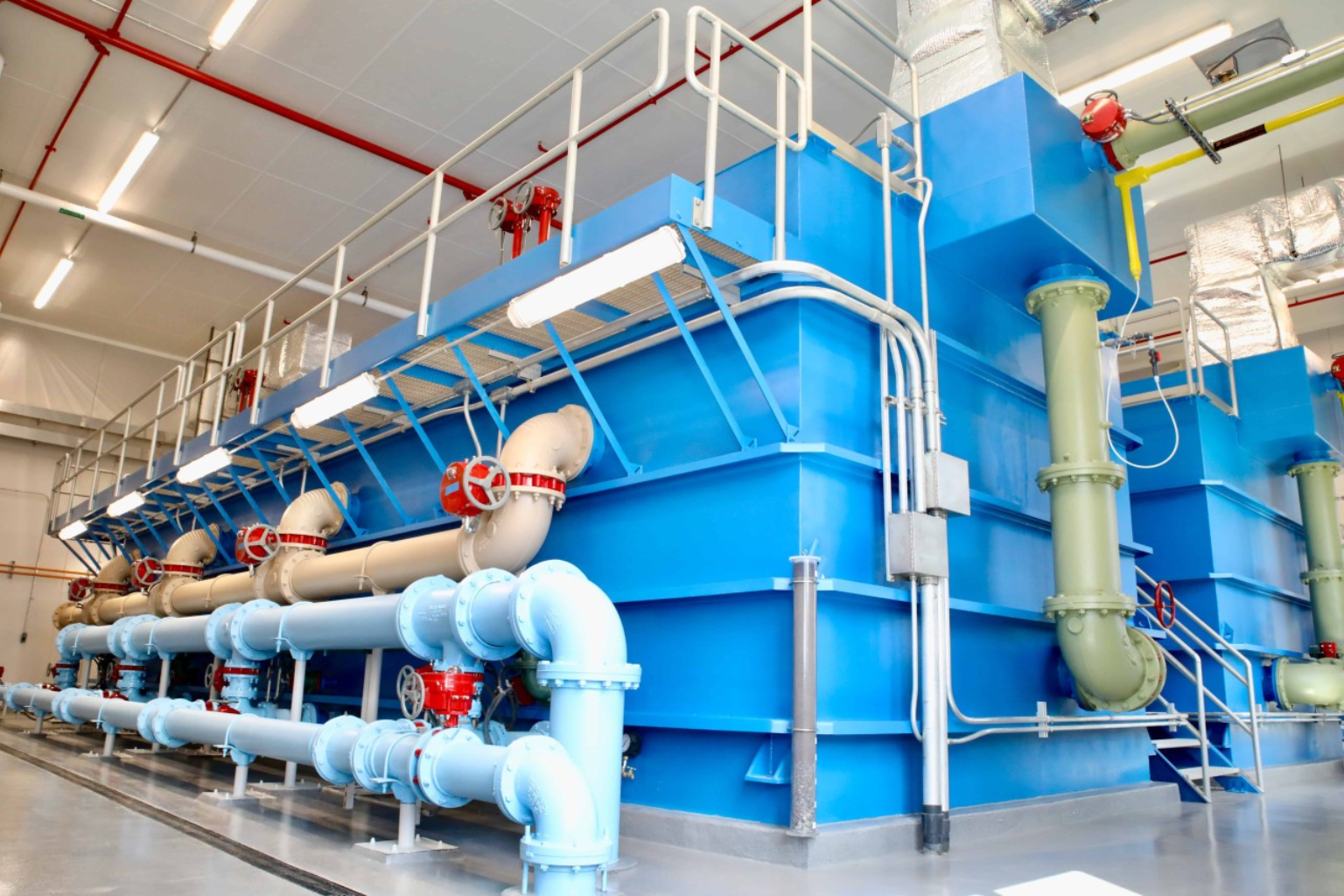
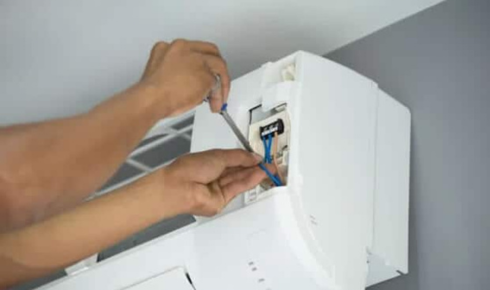
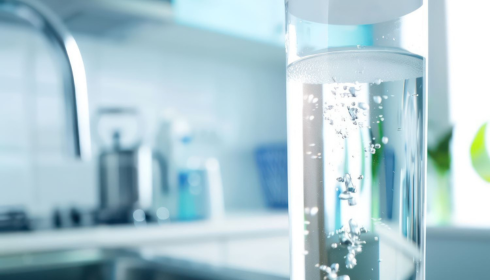
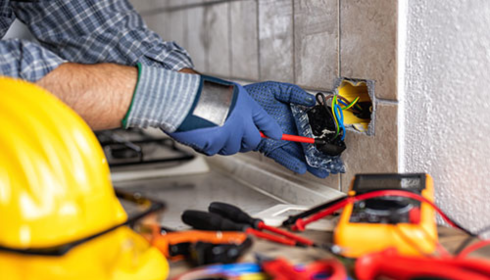



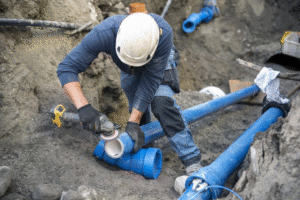






+ There are no comments
Add yours